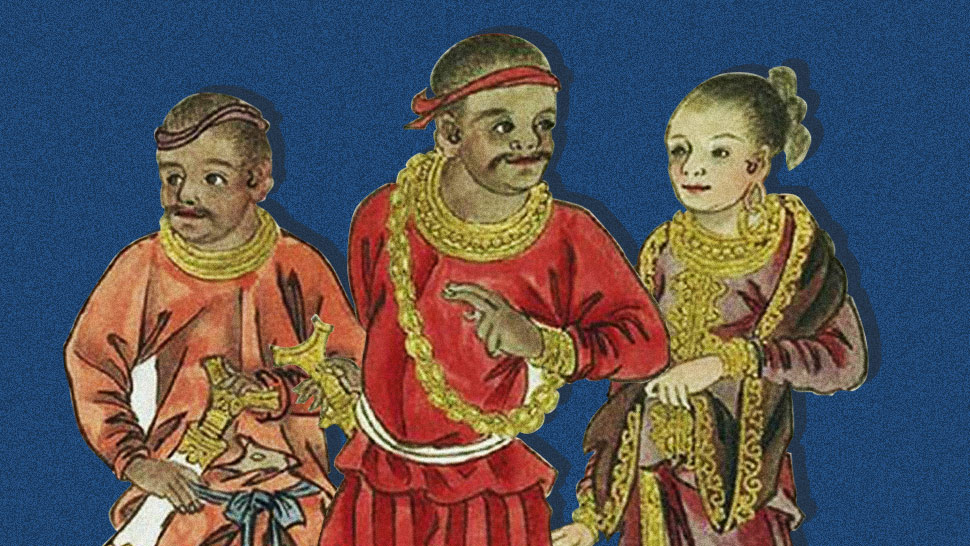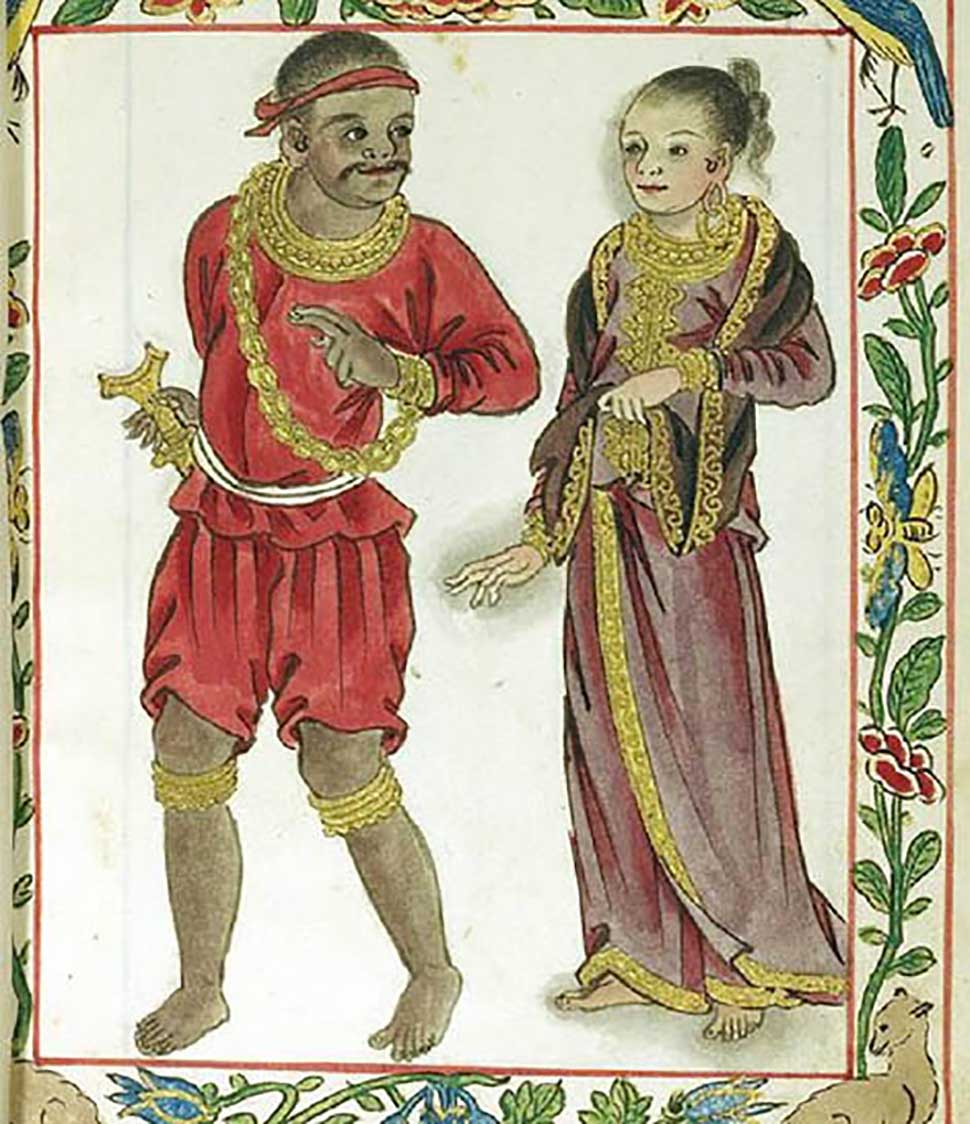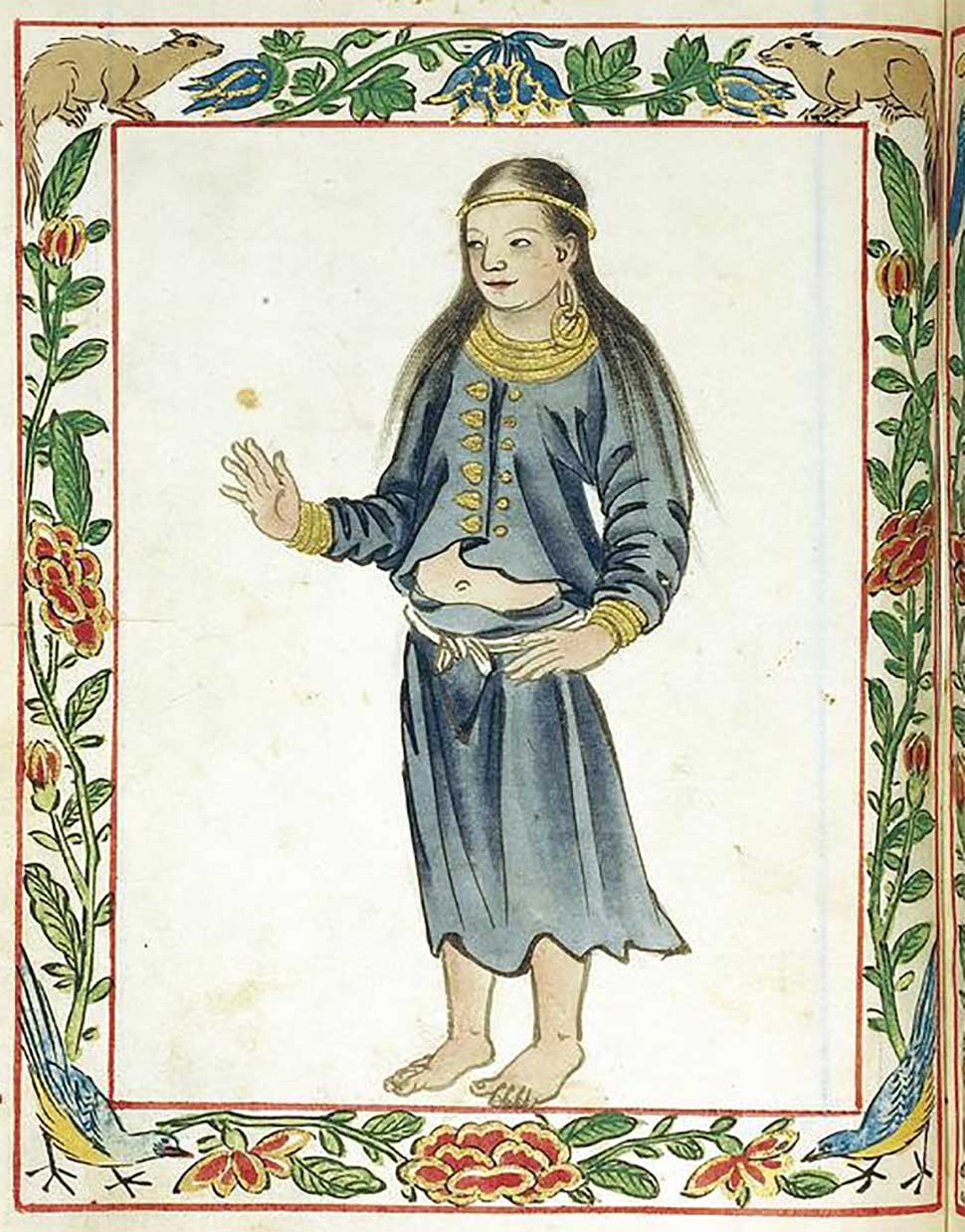Maidikit ko lang sa ganitong usapan na may naisulat ako:
The Philippine archipelago was a collection of diverse
political entities before the arrival of the Spanish.
By JUSTIN UMALI /ESQUIRE |

IMAGE BY WIKIMEDIA COMMONS
There is a common misconception that the Spanish “discovered” the Philippines. That, prior to Spanish conquest, the Philippines had nothing but savage indios who needed the civilization of the West to enlighten it.
Of course, we now know just how far that notion is from the
truth. We now understand that Filipino culture and society existed way before
colonization, and slivers of it sometimes appear in popular culture: A TV show
is set during the era or a discussion on pre-colonial heritage pops up now and
then.

The Seafaring Datus of the Visayas
A lot of what we know of pre-colonial culture and politics comes from the Visayas, mainly thanks to early Spanish sources like Fr. Chirino and Miguel de Loarca. Because the Spanish first landed in the Visayas before settling in Manila, a lot of effort was made to understand the rules of the strange land and its people.
The most prominent of these was by far the Rajahnate of
Cebu. Ruling from the central seat of power in Cebu, the Rajahnate was an
important trading hub between the Sultanates of Mindanao and the Kingdom of
Borneo to the south, the Rajahnates of Luzon to the north, and the Chinese
Empire to the west.
The Kingdom of Cebu also had ties with the outside world. Founded by a minor prince of Sumatra, Sri Lumay, Cebu grew to become a major player in the archipelago’s local politics, By the time of Magellan in 1521, Rajah Humabon was the undisputed ruler of Cebu. Some 40 years later, Humabon’s cousin Rajah Tupas met the conquistador Miguel Lopez de Legazpi, and was the last Rajah of Cebu.
Although Cebu was a central polity in the Visayas, it was by no means the only one. Humabon famously had a rival in Lapu-Lapu, who ruled in the island of Mactan. Some sources assert that Lapu-Lapu was even stronger than his rival, on account of controlling a key position in the Visayan trade route.
This would be a common theme, with each island in the
Visayas ruled by its own Datu. Chronicles from the time of Spanish arrival
talked of dealings with people like Datu Urrao of Samar, Datu Bankaw of
Limasawa, and Sikatuna in Bohol. Legazpi famously had a blood compact with
Sikatuna to signify their alliance. This was the Spanish way: Ally with local
Datus when they could and crush them when they could not.
The Spaniards also recorded other major players in the area at the time of their arrival: In the island of Mindoro, was the Kingdom of Ma-I, which had trade links with China as early as 972 CE, while the island of Panay was home to the Confederation of Madja-as, unique in its description as an alliance of local barangays in the area. The (now-famous) Datu Puti was the first known ruler of Madja-as.
The Rich Sultans of Mindanao
South of the Visayan islands lies the region of Mindanao, home to the Lumads, the Moros, and the seat of four major powers: the Rajahnate of Butuan, the Sultanate of Lanao, the Sultanate of Maguindanao, and the Sultanate of Sulu.
Butuan was one of the first polities that the Spaniards came into contact with. Chroniclers described the place as so abundant with gold that the houses were decorated with gold. One chronicler even claimed that Rajah Siagu’s alipin had gold jewelry, something unheard of in Europe. Butuan was regarded to be one of the richest states not just in the Philippine archipelago, but in Southeast Asia.
On the other side of Mindanao were the Muslim sultanates.
Islam was first established in the Philippines in 1380 when Muslim traders set
foot in the shores of Sulu and Jolo. The Sultanate of Sulu was founded on
November 17, 1405, by Sharif ul-Kisham and quickly rose to become a maritime
power, with close ties to the greater Muslim community in Mindanao and the
Kingdom of Borneo. Sulu was rightfully feared by the Spanish for her pirate
fleets that controlled the Celebes Sea.
The spread of Islam continued with the rise of the Sultanate of Maguindanao under Shariff Mohammed Kabungsuwan. Maguindanao was a proud state that was able to resist Spanish colonization, most famously under Sulat Kudarat from 1619 to his death in 1671.
Up north, near Lake Lanao, was a confederation of Maranao states. The history of the “men of the Lake” was deeply intertwined with Maguindanao: Sharrif Kabungsuwan was the one who influenced them to turn to Islam. The Maranao states eventually formed a sultanate with Balindong Bsar of House Masiu as its first Sultan.
Lanao and Maguindanao crossed paths again thanks to the Spanish. Spanish incursions into Mindanao threatened the Maranao way of life. It was Sultan Kudarat who rallied the men of the Lake into defending against the foreign incursion. The Spanish retreated within months.

The Old Rajahs of Luzon
Apart from the Datus of the Visayas, the kingdoms of Luzon had the most contact with the Spanish, though much less is written about them. Political power in Luzon was concentrated near the banks of the Pasig River, where trade from China made its way across the archipelago.
The major players near the Pasig River were the Kingdom of
Tondo and the Rajahnate of Maynila. The two states shared a complex
relationship, ranging from friendly to at war.
Tondo was ruled by a Lakan who, by the time of Spanish
arrival, shared power with the Muslim Rajahnate of Maynila. One of the last
Lakans of Tondo was the famous Lakandula, who lost to the Spanish in the
fateful Battle of Bangkusay.
Maynila ultimately shared a similar fate against the Spanish, though its Rajahs hoped that their blood relations with the Sultanate of Brunei would save them. In one incident, the “Young Prince” Ache fought with his cousin, the Lakan of Tondo, who was encroaching on territory belonging to Maynila. Ache, exhorted by his mother to keep the peace, went to ask his grandfather, the Sultan of Brunei for assistance. The Sultan gave Ache command of a naval force.
Ache was on his way back to Maynila to exact revenge on his cousin when he came upon the remnants of the Magellan expedition, which he attacked in hopes of expanding his fleet. Ache was captured but was released after paying a high ransom, whereupon he returned to his Kingdom. Not much is known after that incident.
Ache had another brush with the Spanish in the 1570s. Now
known as Rajah Matanda, Ache and his counterpart in Tondo, Lakandula, tried to
defend their kingdoms against Spanish invasion. Maynila was burned to the
ground and the Spanish built Intramuros in its place.
Outside of the Tagalog regions states and polities were just as abundant. The state of Ibalon ruled in the Bicol peninsula and is known as the first Spanish settlement in Luzon. The Epic of Ibalon is still widely known in the Bicol region as a celebration of oral history and a creative blend of fact and fiction.
Going north, Rajahs had a complex relationship with native highland tribes. The Igorot of Benguet frequently exchanged gold with Chinese wares from Pangasinan while fighting Ilocanos in Samtoy. Pangasinan, particularly, is home to the legendary warrior-princess Urduja, who was said to have ruled in the 13th century.
There are more states now lost to history before Spanish
arrival and thousands more stories from the people who lived and ruled during
this period. But what’s important to remember is that we must always look at
our past critically if we are to have an appreciation of our Filipino culture
and heritage today.
Sources:
Scott, W. Barangay: Sixteenth-Century Philippine Culture and Society. Ateneo de Manila University Press.
Blair & Roberston. The Philippine Islands 1493-1898. University of the Philippines.
Agoncillo, T. History of the Filipino People, 8th ed. Garotech Publishing.
Newson, L. Conquest & Pestilence in the Early Spanish
Philippines. Ateneo de Manila University Press.
Also read:
"If you want to get rich, you must go to Mao-Li-Wu (Marinduque)" - Old Chinese saying
